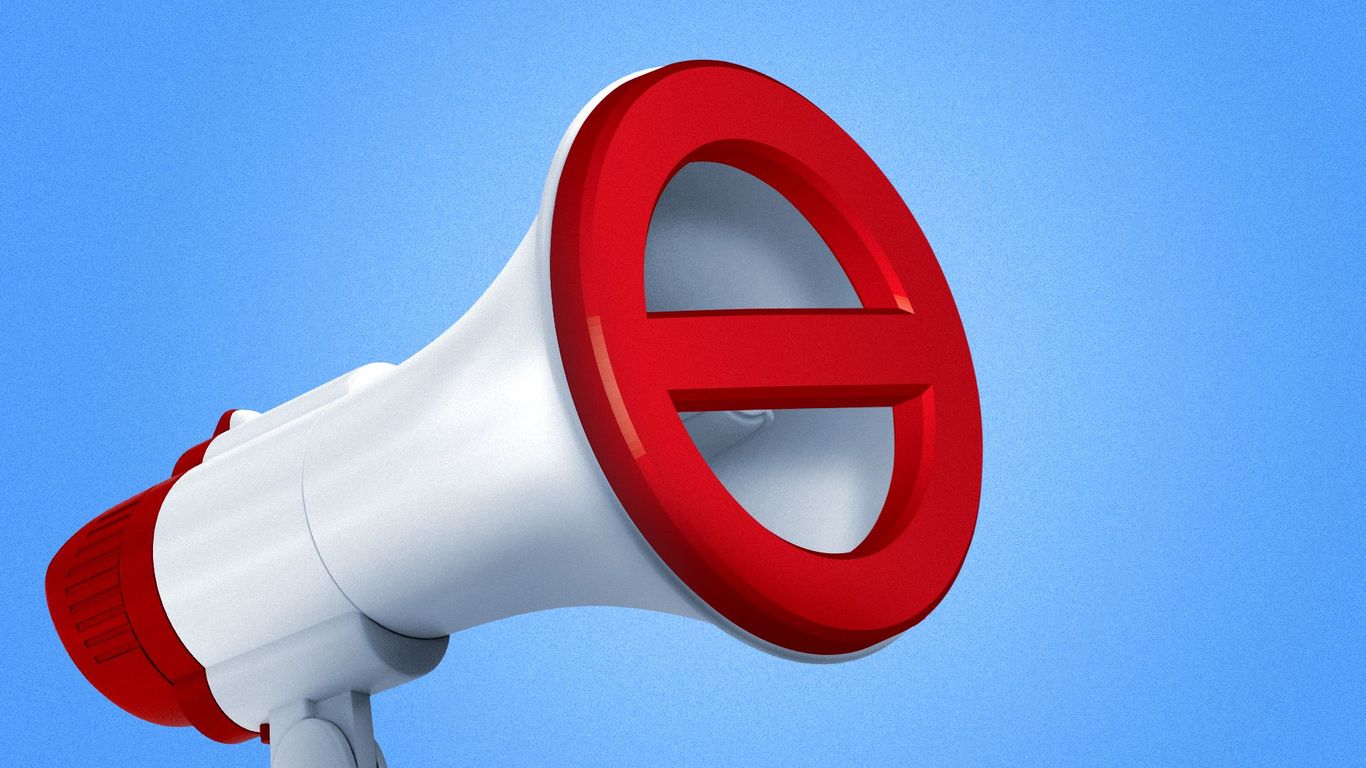
The Copyright Conundrum: When AI Training Meets Creative Rights
The rapid advancement of artificial intelligence (AI) is undeniably transforming our world, impacting everything from healthcare to entertainment. However, this technological surge has collided head-on with a fundamental legal principle: copyright. Specifically, a heated debate is raging over the use of copyrighted material in the training of AI models. Powerful tech giants like OpenAI and Google are advocating for a relaxation of existing copyright laws, arguing it’s crucial for the continued development and global competitiveness of American AI. This proposal, however, has ignited a fierce backlash from a significant portion of the creative community, and rightly so.
The core of the argument hinges on the question: should companies be allowed to use copyrighted material – books, articles, music, artwork – without the permission of the copyright holders to train their AI models? The tech giants’ perspective is largely utilitarian. They contend that vast datasets are necessary to build robust and sophisticated AI models. Limiting access to copyrighted material, they claim, would stifle innovation and hinder the United States’ ability to lead in the global AI race. They paint a picture of progress being stifled by outdated regulations, arguing that allowing the use of this data, even without explicit permission, is a necessary “fair use” in the digital age.
The counterargument, however, is powerfully persuasive. Creators, particularly those in the news media industry, are understandably concerned about the potential erosion of their intellectual property rights. They argue that allowing free access to copyrighted material for AI training effectively allows tech companies to profit from the creative work of others without compensation. This, they assert, not only undermines their livelihood but also devalues the very act of creation. The labor, time, and skill invested in producing original works are disregarded when these works are freely used as raw material for AI development.
The implications are far-reaching. News organizations, for instance, spend significant resources gathering and creating news content. If this content is freely used to train AI models that can then generate similar content, it significantly diminishes the value proposition of the original news source. This could lead to a decline in journalistic integrity and the erosion of quality news reporting as commercial interests prioritize the inexpensive generation of AI-produced content. The argument isn’t simply about lost revenue; it’s about the potential for the very fabric of creative industries to unravel.
The debate extends beyond economic concerns. The ethical dimensions are profound. If AI models are trained on data reflecting existing biases present in the source material, those biases are likely to be amplified and perpetuated by the AI. This raises significant concerns about fairness and the potential for discriminatory outcomes. Moreover, the very notion of originality and authorship is challenged when AI can generate content that mimics the style and substance of human creators. Who owns the copyright to AI-generated content? How do we protect against plagiarism and the unauthorized replication of creative works? These are complex questions without easy answers.
This conflict highlights the urgent need for a nuanced and thoughtful approach to regulating the use of copyrighted material in AI training. A balanced solution needs to be found, one that protects the rights of creators while simultaneously fostering responsible AI innovation. The current debate underscores the importance of open dialogue and collaboration between the tech industry, policymakers, and the creative community to navigate this complex terrain and shape a future where both innovation and intellectual property rights can thrive.



Leave a Reply